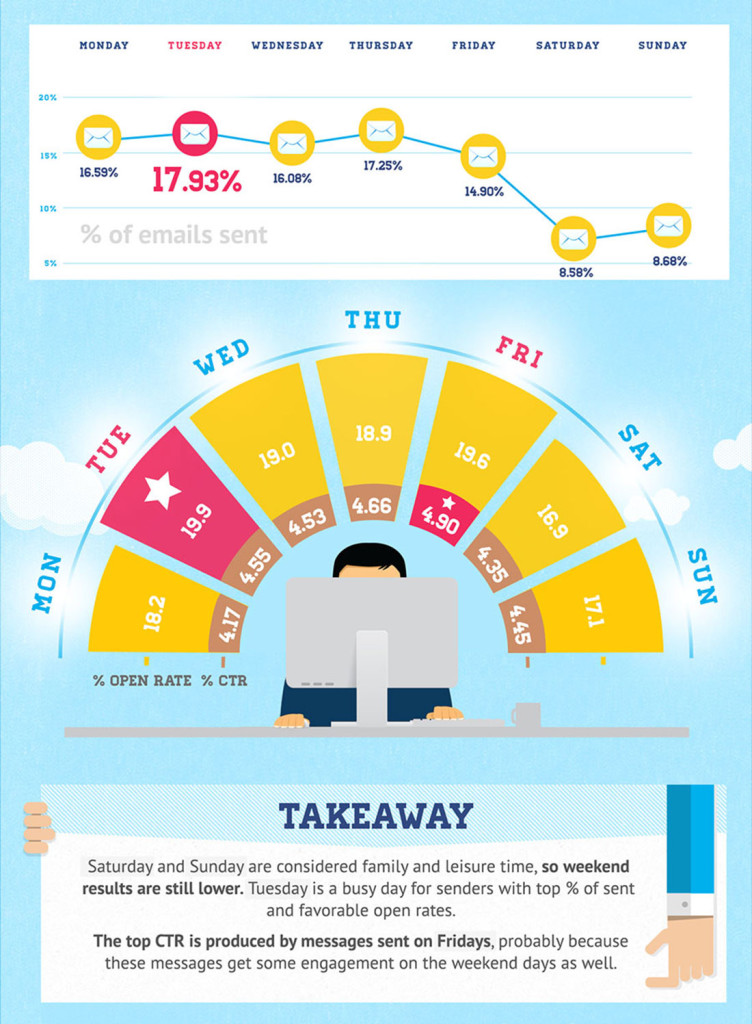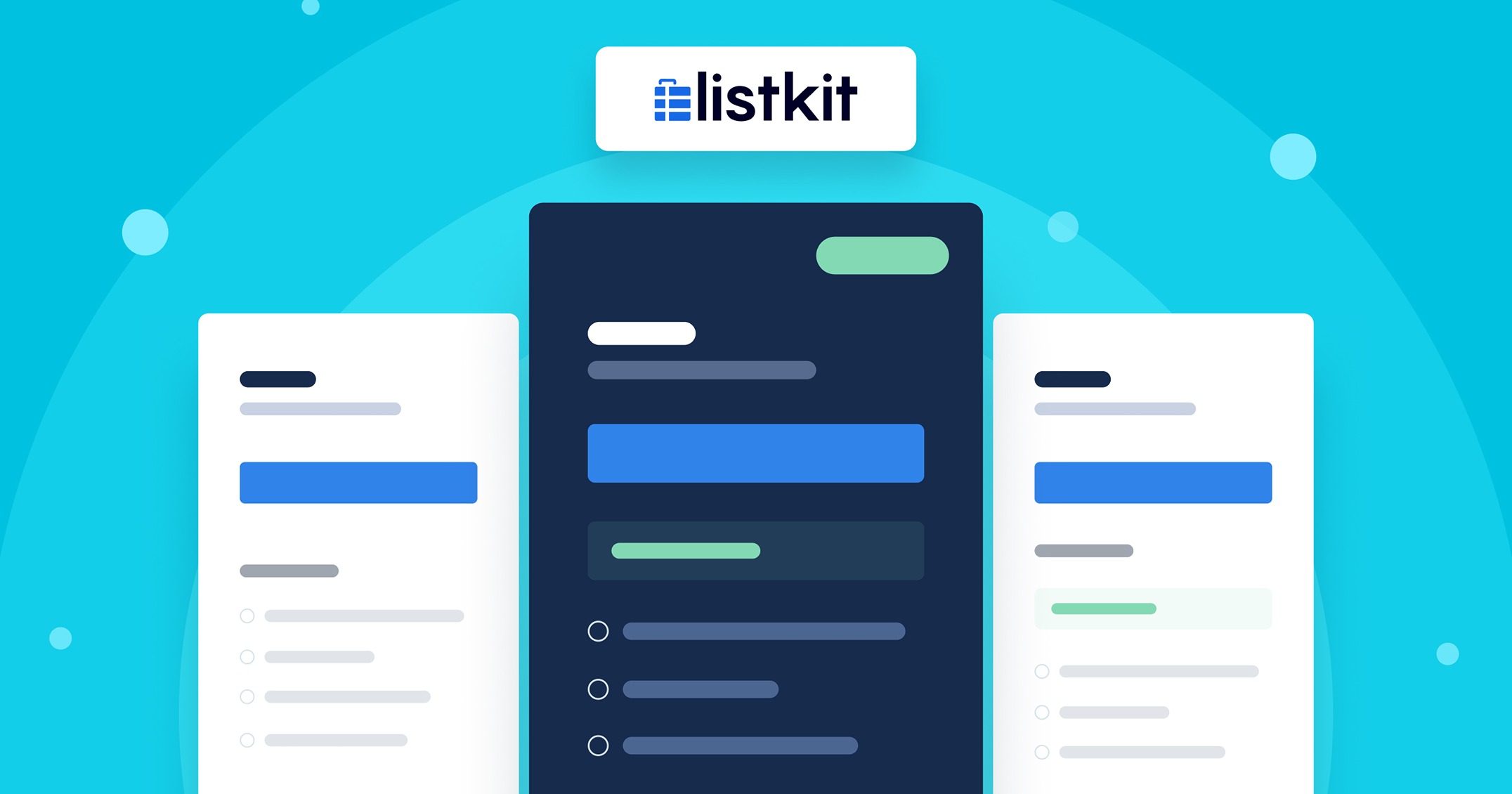One of the typical outreach myths out there is that there’s such a thing as the best time to send an email. As if your prospects are most likely to engage with your content on Fridays at 11am.
Most audacious salespeople and marketers keep telling us that their Fridays are exactly the same as ours and that both our audiences prefer to open emails at a specific time.
Today, I’d like to address this myth and try to separate facts vs. preaching without context.
Why Testing Yourself ALWAYS Beats a Data-Driven Research
It’s not my intention to diss anybody or say that data from companies like Hubspot or Mailchimp is wrong. What I hope you’ll take from this article is that just because it worked for Ray or Jayne, it doesn’t mean it’ll work for you too.

In fact, my goal is not to go toe to toe against any hustler who’s testing and figuring out what days and hours work for him or her. I respect them!
Quite the opposite! My goal is to help you understand what I understood three years ago. Email results depend on the value that you’re providing, your domain reputation and the quality of your list. If you send me a “selfish email” where you talk about your product only, do you really think I’m going to open it just because it’s Tuesday?
There’s data that brings value and data that wastes your time. My ideal sending time might be an interesting read for you, but it’s not going to impact your game to a degree that you’re hoping for.
Plus, you can see that in many types of research, data is completely different. Ones say that Tuesdays and Thursdays are the best, while others outline the reasons why weekends work like a charm.
Nothing will EVER beat your own data. Play with your own emails and see what works for you.
Having worked in a SaaS environment that depends on low-cost sales channels such as email outreach and having worked for lemlist for almost four months now, I can tell you that there are far more important things in this game than when you send your emails.
But if you do spot a detail or two when it comes to YOUR audience, then stick to it and milk it.

I agree to receive emails from UpLead, and can unsubscribe at any time.
What People Don’t Take Into Consideration
The number one thing people tend to forget is what’s going on in your prospect’s head at the moment you’re sending an email campaign.

A few seconds after you’ve pressed send, I can be in a car driving to an important meeting, setting up a retargeting campaign or having dinner with my girlfriend. Each one of these scenarios tops your email any day of the year.
We can never analyze the true impact of timing on our campaigns because we are not in our prospects’ heads.
Another factor that influences our email results, especially cold emails, is that EVERYBODY sends them all the time. Most have the same pitch either seeking investment because they’re the next Uber of XYZ or because their tool helps people quadruple sales while lowering costs.

While that may actually be true for you, there are many messages in our inboxes that are far away from it. It’s just too much and it influences the way we interact with emails. The place has become overcrowded.
Thirdly, we aren’t tough critics on ourselves as we are on the others. Sales is about lenses. We need to take off our entrepreneur lens and put one from our customer. If we fail to do so, the reality is that we’re sending emails that are about us and not them.
There are quite a few reasons why we have a hard time dealing with our own B.S. Our product may not be the best out there, the language may be a bit off or we’re just not that good at this to begin with. These realizations are difficult to accept.
Finally, as marketers, we need to differentiate email marketing from email outreach. The mindset when sending a newsletter is completely the opposite from when you’re sending a cold email. With newsletters, you can leverage your brand equity and the connection with your audience whereas a cold email depends on your capability to get attention and come up with a good creative email that is also professional.
It is my opinion that each one of these four factors I mentioned impacts your email results way more than the ideal time and day.
How to Test for Best Time & Day to Send Emails?
As you’ve probably figured it out by now, I stopped doing this a long time ago. Sure, as a B2B startup, I avoid Thanksgiving, 4th of July, all big holidays in the world as well as overwhelming prospects with emails.

The reality of the situation is that, as a startup, my workday is dynamic. There are urgent tasks I need to handle and they sometimes come in the way of having a regular email calendar. Even product updates pop up irregularly, so I embraced the flow of sending emails whenever there’s a need to.
Until today, there’s never been a pattern, both for outreach and newsletters. My results are pretty consistent. Yes, there are days when the performance drops, but that’s normal, just the way Golden State Warriors lose a game every now and then.
But, if you’re all about the timing and wondering how to conduct tests for yourself, here’s how I used to do it in the past. Keep in mind that I did this for email marketing ONLY. My $0.02 is that it’s useless to do it for cold email outreach.
The first thing you got to do in my mind is to find your best day first and then worry about the best time.

Next, divide your list into batches. It’s usually done through A/B testing, but there’s no reason why you can’t have more than two batches. Of course, your batch needs to be big enough so you can drive meaningful metrics.
Remember, you depend on ENGAGEMENT, not how many emails are in one batch.
From there, it comes down to comparing days. Keep in mind though that just because Tuesday worked best this week, it doesn’t mean that will be the case in the future. Test for more than one week and always look for context.
When you find your ideal time, do the same drill to figure out the best timing. Let’s say you came to the conclusion that Sundays work best for your audience. Now you A/B test 9am versus 3pm. You can even throw in 6pm too.
Rinse and repeat until you feel confident that you’ve found your ideal moment to strike.
The last piece I wanted to bring your attention to is analytics. Don’t overthink this part too much. Most of you will be safe with your email software and Google Analytics.

Depending on the goal of your campaign – awareness, free trial signups, traffic, engagement, video views etc. – focus on your ultimate goal. My advice would be to compare Google Analytics with numbers your email software has been showing you because it’s never a good idea to depend on one tool only.
For data geeks and a bit more complex campaigns, you can use UTM links and Campaign feature in Google Analytics to measure.
What I mean by that is you go to Campaign URL Builder and set a “tracker” on your link. Label things any way you see fit. Once results start to gather in, go to Acquisition/Campaigns/All Campaigns in your GA account and analyze your stats.
If you’re interested in digging deeper into email timing data, I’m going to leave an infographic for you below.
What REALLY Impacts Your Email Results
Full disclosure! I don’t want to position myself as an expert, because I’m not. I’m just a practitioner and this is my $0.02 on the matter.
It’s dangerous to get trapped in secondary, not-so-relevant data because it draws your attention from the more important stuff.
The best time and day to send emails is for me something that MIGHT be interesting to debate in a specific case. But it’s always a much better idea to focus on factors that impact your results the most.
Your Audience
Our job number one is to understand who our core customer is. True marketing is about precise targeting. We can’t just run along selling the same pitch to everyone.
This is the part where we get our hands dirty and spend a vast amount of time assessing data. Unfortunately, it’s also the most boring part, but we have to be patient with it.
I believe that any successful email campaign starts with qualifying leads, understanding what they’re about and segmenting them into ideal customer personas.
Your Creative
If understanding your audience was the most boring part, coming up with a solid creative is the most difficult. Our email copy is the ultimate variable.
From subject line and email body to the way we close emails and do follow-ups, the margin for error is so small here. We only got a few seconds of their attention to make it count. It’s far from easy, especially with cold emails. It’s super hard. Sometimes it works, sometimes it doesn’t.
What separates good emails from bad ones is the language. You have to make it about them. In other words, you have to provide value upfront. Now whether that’s by not asking for something in return at first or doing homework and picking the right timing to ask your prospect a specific question … there’s more than one way to do this.
But you have to make it about them because nobody cares about what you want.
Your Funnel
Email channel might be the primary or secondary focus for your Sales team, but to really convert prospects into happy customers you need a game plan. You ought to have a flawless sales funnel in place.
What happens after I respond to your email? Can I try before I buy? How does your onboarding process look like? Is your language clear? Is the experience seamless and frictionless? Who’s doing what in your team?
Every detail and every step matters. Email is just the beginning.
Email Deliverability
Email deliverability is a way to measure whether or not your emails are arriving into prospects’ inboxes. It’s a technicality really, but one that can seriously impact your email campaigns.
You want to make sure to authenticate your domain, maintain a clean reputation, keep your complaint rate extremely low and avoid sending emails to invalid addresses.
I don’t want to bother you with details as you might be familiar with this already, but in case you want to know more, we’ve put together an email outreach academy where you can learn the ABCs of email deliverability.
Guest Author:
Vukasin Vukosavljevic – Head of Content at lemlist
Vukasin is a marketing practitioner and a content creator. He currently works as Head of Content at lemlist.










